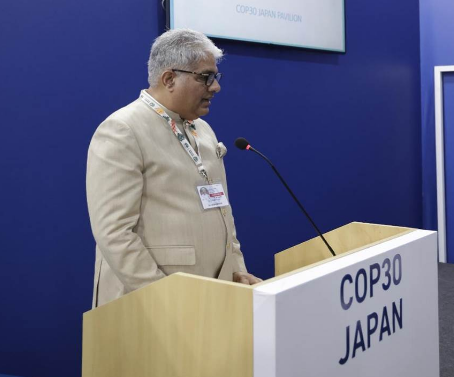
At the sidelines of UNFCCC COP30 in Belém, Brazil, the 11th meeting of Joint Crediting Mechanism (JCM) Partner Countries was held on 19 November 2025. Chaired by Japan’s Environment Minister H.E. Hirotaka Ishihara, the meeting marked an important milestone as the JCM expanded to 31 partner countries with more than 280 projects progressing under the framework of Article 6 of the Paris Agreement.
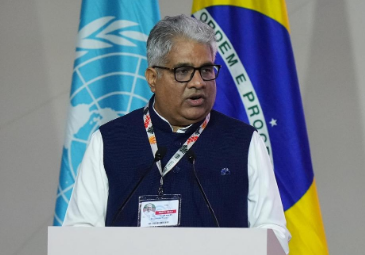
At the COP30 climate summit in Belém, Brazil, India strongly reaffirmed its commitment to a just and inclusive global climate framework. Emphasizing equity, climate justice, and the principle of Common but Differentiated Responsibilities and Respective Capabilities (CBDR-RC), India urged the world to recognise that developing nations cannot be expected to shoulder the climate burden without adequate support.

The Punjab Pollution Control Board (PPCB) has taken decisive action by summoning 14 leading national and multinational brands for their significant contribution to hard-to-recycle plastic waste in the state. This follows a comprehensive state-level audit, the “Plastic Waste Brand Audit‑2025,” conducted across six cities—Amritsar, Bathinda, Jalandhar, Ludhiana, Mohali, and Patiala. The audit revealed that of 11,810 plastic packets examined, just 14 brands were responsible for nearly 59 percent of non-recyclable waste.
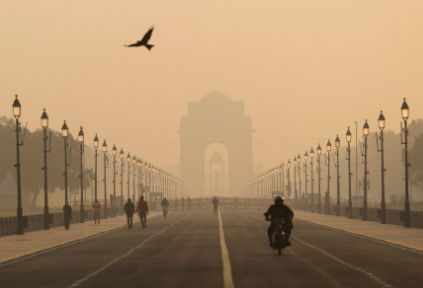
The Supreme Court of India has directed the governments of Punjab and Haryana to submit a detailed report on the measures being taken to prevent stubble burning, one of the key contributors to Delhi’s worsening air quality. The directive comes as the national capital continues to grapple with toxic smog and hazardous pollution levels, prompting urgent calls for accountability and immediate action.
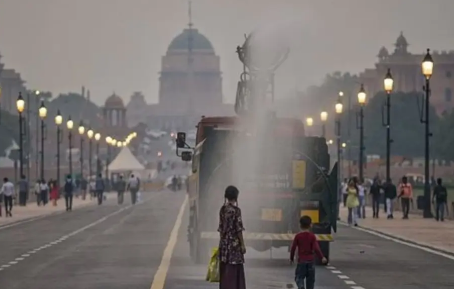
The air quality in Delhi and the National Capital Region (NCR) has deteriorated to alarming levels, prompting authorities to implement emergency measures. The 24-hour average Air Quality Index (AQI) in the region has soared past 400, placing it in the “Severe” category under the Graded Response Action Plan (GRAP).

The world is on the brink of a major energy transformation as renewable electricity production is set to surpass all other major sources, signaling the end of the fossil‑fuel era. Reports indicate that more renewable capacity is expected to be deployed in the next five years than in the previous four decades.
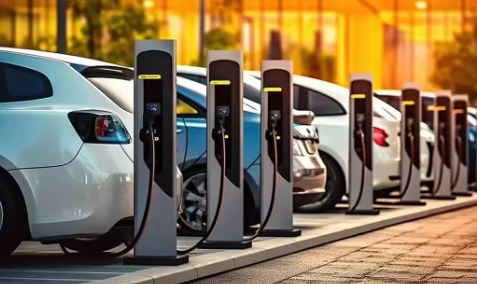
Global electric vehicle (EV) sales, including battery-electric and plug-in hybrid models, rose by 23% in October, reaching approximately 1.9 million units. This increase reflects the growing global momentum toward cleaner, sustainable transportation.

In the state of Lucknow alone, roughly 200 kg of electronic waste is generated each day from busy commercial hubs. Much of this gadget-henge — discarded phones, computers, wiring and other electrical gear — now lacks a proper disposal path, thanks to the closure of the lone treatment plant near Mohanlalganj. What’s worse: this e-waste is being mixed with ordinary household garbage, heightening risks of pollution and health hazards.

Breathing the smog‑tainted air of a bustling city weakens your body’s defenses—but you don’t have to rely on a mask alone. A nutrient‑rich diet can become your inner shield, helping your immune system to withstand the invisible assaults of polluted air.
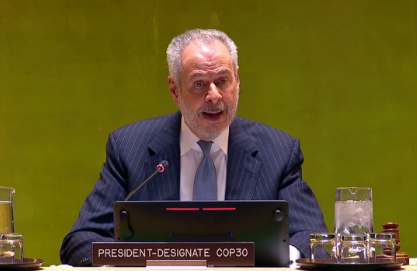
At the opening of COP30 in Belém, the president of the talks, André Corrêa do Lago, issued a stark warning: richer nations appear to have lost their enthusiasm for addressing the climate crisis. While parts of the global south — and notably China — are increasingly showing leadership in the clean‑energy transition, many industrialized countries are falling behind.